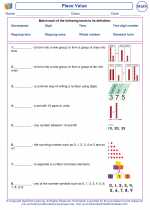Repeating Patterns
In math, a repeating pattern is a sequence of shapes, colors, numbers, or objects that repeats in a predictable way. These patterns can be found all around us, in nature, art, and everyday objects.
Identifying Repeating Patterns
Repeating patterns can be identified by looking for a sequence of elements that repeats over and over again. For example, a pattern of red, blue, green, red, blue, green would be considered a repeating pattern because it follows a predictable sequence of colors.
Creating Repeating Patterns
To create a repeating pattern, you can start with a sequence of elements and then repeat that sequence. For example, to create a pattern using shapes, you might start with a sequence of square, circle, triangle, and then repeat that sequence to create a pattern that goes square, circle, triangle, square, circle, triangle, and so on.
Extending Repeating Patterns
Once you have identified or created a repeating pattern, you can extend the pattern by continuing the sequence. For example, if you have a pattern that goes red, blue, green, you can extend the pattern by adding the next elements in the sequence, such as red, blue, green, red, blue, green, red, blue, green.
Using Repeating Patterns in Math
Repeating patterns are important in math because they help develop skills such as recognizing and creating patterns, understanding sequences, and predicting what comes next. These skills are foundational for more complex math concepts.
Overall, repeating patterns are an important part of math and can be a fun and creative way to explore mathematical concepts.
.◂Math Worksheets and Study Guides First Grade. Place Value
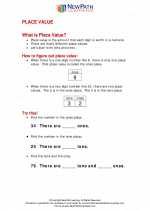
 Worksheet/Answer key
Worksheet/Answer key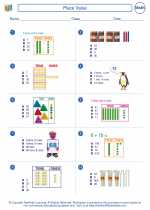
 Worksheet/Answer key
Worksheet/Answer key
 Worksheet/Answer key
Worksheet/Answer key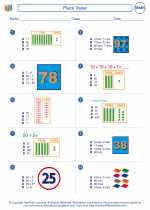
 Vocabulary/Answer key
Vocabulary/Answer key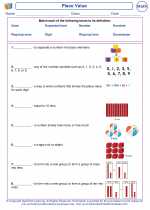
 Vocabulary/Answer key
Vocabulary/Answer key